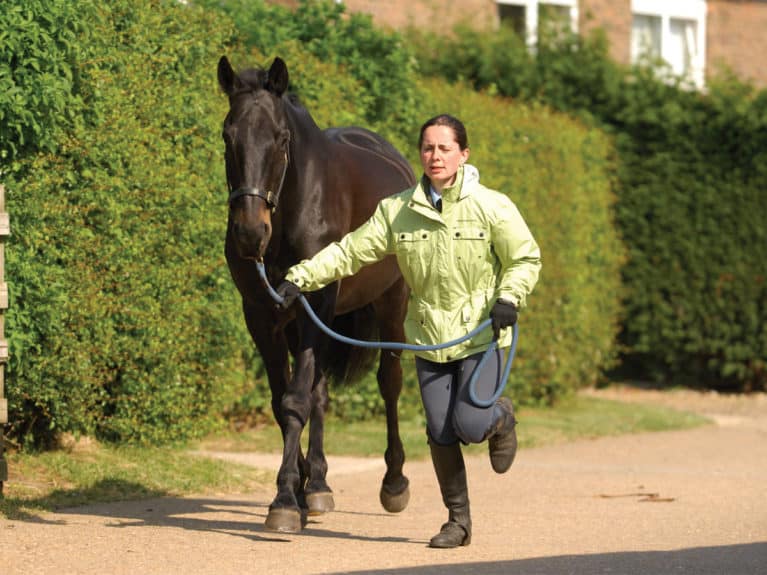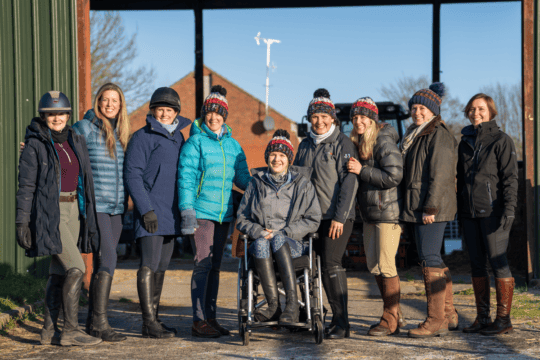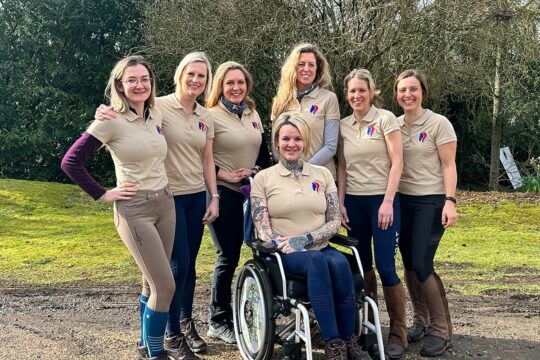
Most Read Articles

A brand-new electrocardiogram (ECG) recording technique can quickly detect paroxysmal atrial fibrillation (PAF) in horses – a major cause of ischemic strokes in humans
Following a study published in the Natural Scientific Reports, researchers from the University of Surrey have explained how their inexpensive technique to identify PAF – which causes rapid, erratic heartbeats – could provide a huge insight into preventing strokes in humans. The condition is incredibly difficult to diagnose and can not only impact horses’ ridden careers but also prove to be fatal. In humans, it can disrupt blood flow in the two upper chambers of the heart, which can lead to blood clots forming. These clots can then block blood vessels elsewhere in the body, including the brain, which results in ischemic strokes and cognitive decline.
The study consisted of ECG results being taken from healthy horses during routine clinical work, as well as those already diagnosed with PAF. The ECG results taken at rest – with a low heart rate of 25–60bpm – and processed were found to be significantly different between horses with and without PAF. This meant PAF could be detected accurately by ECG.
A quick diagnosis of PAF is essential to ensure effective treatment. Electrical stimulation and specific medications can return the heart rhythm back to normal, while anticoagulants may prevent the formation of blood clots, preventing strokes or, at the very least, greatly reducing their consequences.
Lead author of the study Dr Vadim Alexeenko, a Research Fellow at the School of Veterinary Medicine at the University of Surrey, said: “I’m very happy to see that in horses we obtained such excellent results and came up with a tool that could be so easily used. It was also very exciting to devise the new approach of ECG parsing, which is absolutely essential for high sensitivity and specificity of our method”.
Head of this research team, Dr Kamalan Jeevaratnam, said: “The fascinating aspect of this study is that we’re looking at the arrhythmia, which is typically provoked by high heart rate, but we diagnose it by looking at low heart rate recordings. There’s no need to exercise the horse and the analysis can be done in minutes using low power computers. As a clinician, I think such analysis will greatly facilitate detection of this arrhythmia and promote the use of ECG by my colleagues.”
Dr Jeevaratnam is in discussion with other groups in the UK and the US to take this exciting research into human studies, as well as exploring its potential in the equine industry. The study was very kindly funded by the Petplan Charitable Trust.






